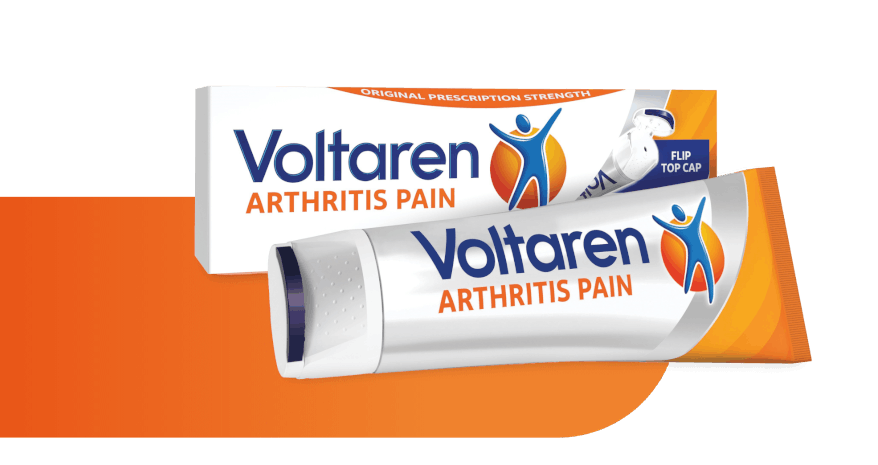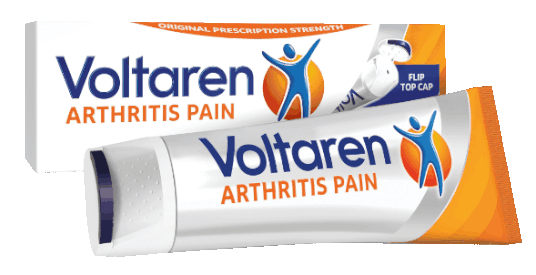Is Trigger Finger a Form of Arthritis?
/trigger-finger_image.webp?auto=format)
Think about pulleys, and how they’re used to lift things and move them from one location or height to another. They’re marvelous tools and the human hand is full of them. Each tendon that controls each finger is its own enclosed pulley system, extending and contracting each digit to allow you to shake someone’s hand, pick up a glass of water or give a thumbs up.
At a construction site, if a pulley fails, whatever it’s lifting — be it a load of bricks or steel beams — will come crashing down. In the hand, when one of your internal pulleys fails, your fingers may freeze up in a condition known as trigger finger.
What is Trigger Finger?
Trigger finger is a condition that takes its name from its appearance: your fingers can get stuck in a position that makes it look as though you’re trying to pull an invisible trigger.1 This occurs when the tendons in your fingers and thumb are essentially frozen in position, keeping your fingers flexed in toward your palm.1 The act of straightening your digits can be very difficult and if this occurs, you should seek medical attention.
What Causes Trigger Finger?
Your tendons are thin bands of tissue that connect your bones and muscles, acting as an internal pulley system for your hands.3 Around each tendon is a sheath of thin tissue that keeps things in place and acts as a protective cover.1 When the tendons in your hands become inflamed and swollen, they aren’t able to glide easily through the protective sheath and may effectively become stuck in place.1
If your tendon is already irritated, the friction of the enlarged tendon rubbing back and forth on the sheath may cause a nodule to form.2 The tendon may catch on this nodule, which can make movement even more difficult.1
Symptoms of Trigger Finger
Trigger finger can affect any of your fingers, and may even affect multiple fingers at once.2 The symptoms may start mildly and progress in severity:1,2
- Snapping or popping feeling when you move an affected finger
- Feeling as though your finger is getting caught when you try to move it
- Pain or stiffness when flexing your fingers or thumb towards your palm
- Swelling in your palm at the base of the affected finger
- Pain when you try to grip something
- Fingers locked in a bent position and needing to apply mild pressure to get them to straighten out
Treating and Diagnosing Trigger Finger
If you are unable to straighten your fingers, your doctor may ask you to open and close your hand while checking for smooth motions and evidence of your tendon locking up.2
Treatment for trigger finger depends on how long you’ve been experiencing it and how severe it is. Common treatments include:1,3
- Taking a break from activities that cause your trigger finger
- Wearing a splint to stabilize the affected finger and allow the tendon to heal
- Stretching exercises to allow your tendon to regain its flexibility
- Medications that relieve pain and swelling, like NSAIDs, can be helpful
If your trigger finger is severe enough to necessitate surgery, a surgeon will cut your tendon to allow it to glide smoothly within your hand, so that your finger doesn’t catch or lock up.3
Is Trigger Finger a Type of Arthritis?
In short, no.1Arthritis in the hand affects the tissues and cartilage of the joints within the hand, causing inflammation and pain.3 The two types of arthritis that most often affect the hand are osteoarthritis, which may result from cartilage wearing away over time, and rheumatoid arthritis, which is an autoimmune disorder where the body’s immune system causes inflammation that reduces hand function.3 Each hand has 27 joints, and arthritis may affect any of them.1
If you already have rheumatoid arthritis, you may be at risk for developing trigger finger, because the arthritis may affect the ligaments and tendons in the hand.4
Take control of your arthritis pain with Voltaren Arthritis Pain Gel. It is a prescription strength topical NSAID treatment for arthritis pain, so you don’t have slow down. Take control of your osteoarthritis pain and keep living your life the way you want.
Related Articles

How to Relieve Arthritis Pain
You can take control of symptoms in a few ways: by exercising daily, eating healthy, and using hot or cold packs. Taking these lifestyle tips into consideration can help make life a little easier.
/yoga-for-arthritis-teaser.jpg?auto=format)
Yoga for Arthritis: Poses for Physical Comfort
Learn how yoga can help relieve your osteoarthritis pain with this article from Voltaren. Explore five yoga poses that can help your knees, ankles, feet and more.

Let’s Get You Moving
Join us to find out how Voltaren + music can give you arthritis pain relief, and receive unique arthritis tips designed to get you moving again.
Feel The Joy Of Movement
No matter the day, the hour, or what you’re doing, embrace the joy of movement with the help of specialized products from Voltaren: powerful gel for arthritis pain † or drug-free, dietary supplements for healthy joints.*

For Arthritis Pain Relief

For Healthy Joints*
†Use as directed. Voltaren is approved for treatment of arthritis pain.
Dietary supplements from Voltaren are not intended to treat arthritis pain.
*These statements have not been evaluated by the Food and Drug Administration. These products are not intended to diagnose, treat, cure or prevent any disease.



